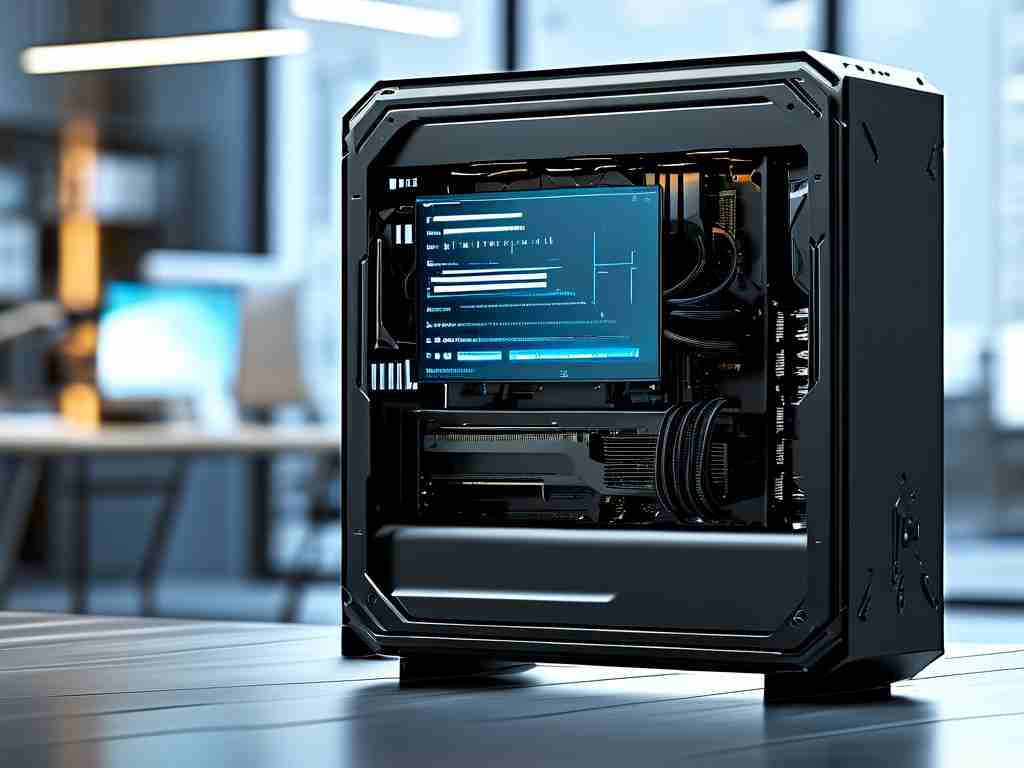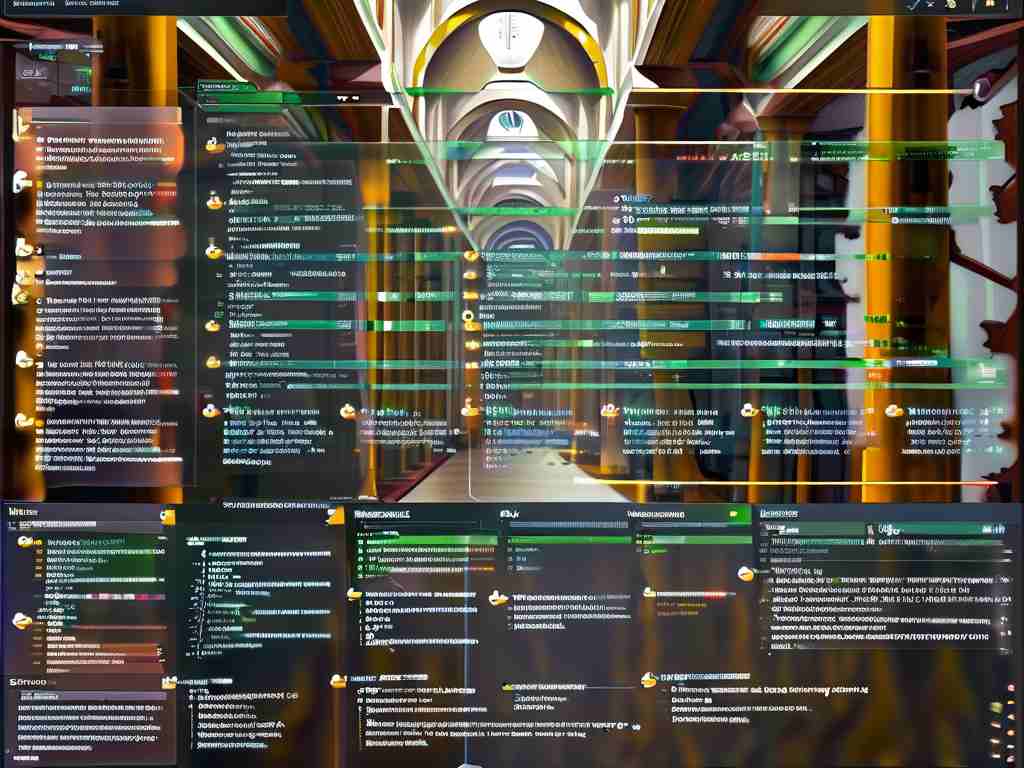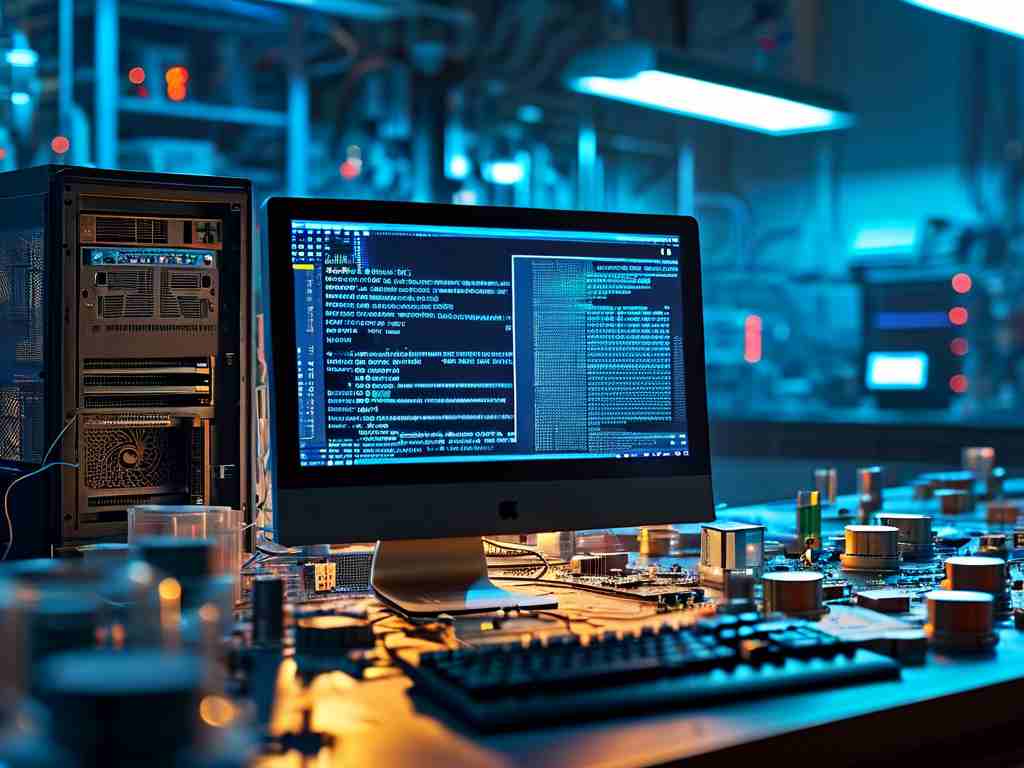In the annals of computing history, machines equipped with 2KB of memory represent a pivotal era where engineers and programmers achieved extraordinary feats within severe hardware constraints. These systems, prevalent from the late 1960s to the early 1980s, laid the groundwork for modern computing paradigms through ingenious resource management and algorithmic creativity.

The Hardware Landscape
A typical 2KB-memory computer, such as the early Altair 8800 or Commodore PET, operated with processors like the MOS 6502 or Zilog Z80, clocked at mere megahertz frequencies. Storage relied on cassette tapes or floppy disks, while input/output interfaces were rudimentary by today’s standards. Programmers had to contend with not just limited memory but also slow clock speeds and minimal peripheral support. For instance, the Apollo Guidance Computer (AGC) used in the 1969 moon mission operated with 2KB of RAM, demonstrating that even mission-critical systems thrived under these constraints.
Programming in a Memory-Scarce World
Developers employed techniques now considered arcane to maximize efficiency. A common practice was memory overlays, where code segments were dynamically loaded into RAM as needed. For example:
LOAD_SEGMENT: LDA #<DATA_START STA $0200 JSR READ_TAPE
This assembly snippet illustrates how data was streamed from tape into specific memory addresses.
Another strategy was register optimization. Since CPU registers were faster than RAM, programmers stored frequently accessed variables in registers. Code was hand-tuned in assembly language to avoid wasteful operations. For instance, loop unrolling reduced iteration overhead:
LDX #4 LOOP: DEC $0200,X DEX BNE LOOP
Here, unrolling the loop four times minimized branch penalties.
The Birth of Compact Algorithms
Algorithms from this era prioritized minimal memory footprint. Sorting routines like bubble sort were favored over quicksort due to lower memory demands. Hash tables were avoided in favor of linked lists, which used pointers efficiently. Even text rendering relied on bitmap compression; each character in early GUIs like Xerox Alto’s interface consumed just 8 bytes.
Legacy in Modern Systems
Many concepts from 2KB-era computing persist today. Garbage collection mechanisms in languages like Java echo manual memory management practices. Embedded systems, such as IoT devices, still use memory-constrained chips where every byte counts. The Linux kernel’s slab allocator, optimized for small object allocations, owes its design to lessons learned from early systems.
Case Study: Space Exploration
NASA’s Voyager probes, launched in 1977, used computers with 68KB of memory—a luxury compared to 2KB systems. Yet their software was designed using principles forged in the 2KB era: fault tolerance via redundant systems and real-time data compression. These techniques enabled Voyager 1 to transmit data from interstellar space over 45 years later.
Lessons for Today’s Developers
While modern developers work with gigabytes of RAM, the 2KB era teaches enduring lessons:
- Resource Awareness: Understanding hardware limits fosters efficient code.
- Simplicity: Minimalist designs reduce failure points.
- Creativity: Constraints breed innovation, as seen in the demoscene community’s 64KB intros.
As we push the boundaries of quantum computing and AI, revisiting these foundational principles reminds us that technological progress isn’t just about raw power—it’s about mastering the art of doing more with less.









